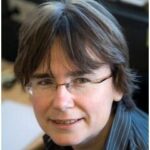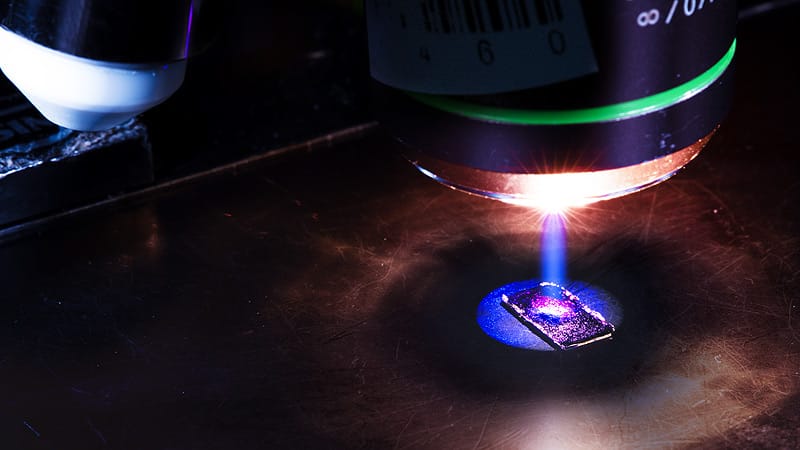Prof Erika Eiser
Biography
After studying physics at the Univ. of Konstanz (Germany) I received my PhD degree from the Weizmann Institute, Israel, in Soft Matter Physics. Following postdoctoral research at the Univ. of Montpellier and the European Synchrotron Radiation Facility in Grenoble (France), I joined the University of Amsterdam as Assistant Professor, where I started research on DNA-driven self-assembly of colloids, DNA hydrogels and the self-assembly of various other systems using various microscopy and rheology methods. My group continues this work in Cambridge.
Research
My group works on colloid physics, self-assembling systems, photonics and out-of-equilibrium systems such as thermophoretic phenomena. In particular, we use DNA functionalized colloids to design porous gels for applications in photonics and new battery materials, but also for the study of transport in confinement. Further, we study the fundamental aspects of how to relate the macroscopic viscoelastic properties of DNA-hydrogels to the underlying molecular structure of the DNA building-blocks (DNA nano-stars). Using the versatility of DNA we use the gained information to design new building blocks allowing us to build materials with completely new mechanical properties Our interdisciplinary research combines experimental physics and physical chemistry (microscopy, (micro)rheology, x-ray scattering, amongst others) as well as simulations (using oxDNA, LAMMPS, and goose-grained models developed in the group).
Based on our DNA-work we recently showed that we can exploit the multivalency of short DNA-strands attached to a surface to develop much higher sensitivity for detecting bacterial and viral DNA and possibly RNA strands (T. Curk et al. PNAS (2020) and news report https://www.ch.cam.ac.uk/news/study-shines-light-new-virus-detection-approach). This may lead to the development of faster and more accurate diagnostic tools.
Return to People Directory

Contact Details
Email address:
EE247@cam.ac.uk
Ray Dolby Centre
